The workplace has rapidly evolved in the 21st century. The places where we work and the tools we use to fulfill our roles are extremely different from what our parents knew when they started work; never mind our grandparents!
A study has shown that, of the American workforce who can work from home, 35% are fully remote and 41% work from home on a hybrid basis, spending some days at home and others in the office.
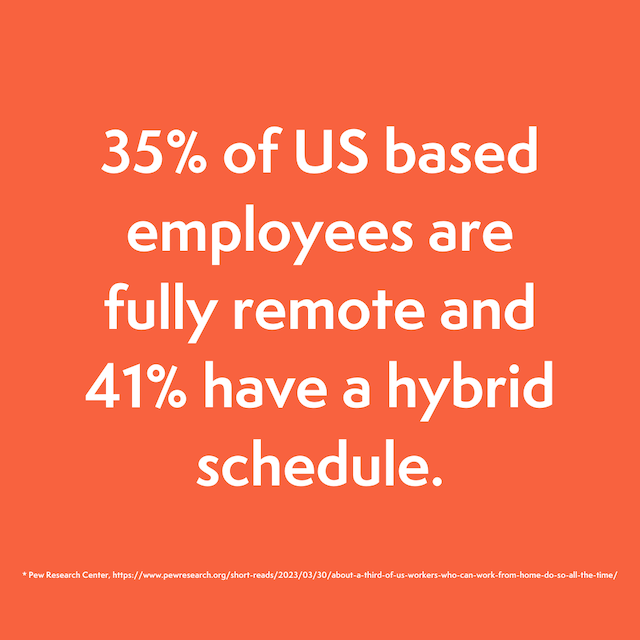
Both this setup and other significant changes in the modern office can be attributed to the rise of the digital workplace. So, what are digital workplaces, and what benefit can they bring to your workplace? By actively acknowledging and improving its digital workplace, an organization might find some great new ways to enrich and empower its employees.
What is a digital workplace?
Digital workplace platforms have supported and allowed our new collective way of working. Especially during and after the pandemic, companies have shifted towards a digital work environment so they can adapt to how and where employees work.
Think about it. Not every department is in the same office space anymore. Many teams are located in different cities or states or even time zones. These days, you could be fully remote even if your colleagues are all in the same zip code. Teams may not be physically together, but technology has made it so that teamwork, collaboration, and togetherness still exists.
A formal digital workplace strategy helps to accommodate this new way of working. It formalizes the tools and technologies that staff should have access to while also answering questions about employee engagement and other critical areas that need support.
Creating this flexible work environment should be a must for every company. Embracing the digital workplace means that you can build an inclusive and productive space for the employees of tomorrow while also supporting those who currently work for you.
What are the benefits of a digital workplace?

The digital workplace is mandatory for many organizations across the world, but simply acknowledging that there is one is not good enough. Senior management needs to understand how it works and where it can improve workflows to utilize their digital workplaces to their fullest advantage. Like many business tools, this digital space has its own collection of benefits for the teams who use it.
As we acknowledge the digital workplace and take the steps needed to optimize it for the given needs of a particular team, we can reap the following rewards:
Easy communication between colleagues
One of the biggest benefits of a digital workplace will be improved communication between team members. When you have scattered teams or frontline workers, you need to ensure that they can talk to each other properly. One weekly call or an in-person meet-up every month or quarter can be great for aligning the team, but it isn’t the best for the day-to-day communication that advances tasks, answers queries, and keeps everyone engaged.
Online collaboration tools can give employees space to talk to one another. Management can carve out different areas for various departments or projects. They can even create fun channels for sharing pictures of team pets or chatting about weekend plans.
Improved efficiency and productivity
A digital workplace enables improve productivity and efficiency because information is easily accessible. The right knowledge management system can organize essential information, prevent knowledge loss, and provide one space for documents, resources, and anything else an employee might want to know.
This entirely depends on the industry and structure of your company, but with a digital workplace, you have the freedom to move away from physical office spaces and securely store information in a cloud-based solution. Collaboration tools can help employees jump on a task no matter where they are, and project management as a whole just becomes easier. When employees can find the information that they seek themselves, teams also reasonably save time that would otherwise be spent on calls or in meetings. This allows the focus to remain on the tasks at hand and not on the bureaucracy of business.
Greater flexibility
Having one central set of digital tools means that an employee can, in theory, work from anywhere they can access the online workplace. Digital workplace technology is often designed with flexibility in mind, allowing those who use it to tap into a seamless digital workplace experience no matter where they happen to be located.
With 68% of employees valuing the option to work on a hybrid basis, ensuring that digital workplace platforms are accessible from anywhere will help to facilitate this. Coupled with virtual meeting tools, allowing colleagues to easily check in if needed, this sets up employees to manage their workload much more flexibly, whether they are in the office or somewhere else.
In turn, these flexible work schedules can lead to a better work-life balance, so employees may feel more comfortable fitting their working hours into the day they have planned rather than trying to squeeze appointments and other commitments around their jobs. With the working population shifting towards one that more readily accepts hybrid and flexible working, businesses need to look into the digital workplace solutions that make this way of working viable.
Reduced cost
Maintaining a physical office space is arguably expensive. From rent to utilities to extras like commuting expenses and benefits such as coffee and snacks, costs can climb sharply. Digital workplaces, on the other hand, could potentially deliver cost savings as much of the expense of maintaining the workspace goes towards SaaS subscriptions and technology rather than a physical office.
This could then allow the business to support employees in other ways, such as by providing a budget for outfitting a home office. If the company is hybrid rather than fully remote, they might also offer the option to use co-working facilities or a downscaled office.
Higher employee satisfaction
By offering team members factors like a better work-life balance and the chance to work flexibly, organizations should see higher levels of employee engagement and satisfaction. A digital transformation can be challenging to pull off in a workplace that is used to older ways of working, but it’s possible and really can make all the difference.
Committing to a digital employee experience helps you build a better workforce and empowers your workers to take control of their own working days. Whether they want to work from home, come to the office, or settle down into a hybrid pattern, they have the communication tools and internal business processes laid out for them to do so comfortably.
What are some of the challenges of a digital workplace?
Of course, no way of working is perfect. Though the digital workplace model provides a framework that helps revolutionize a working environment, there are still some factors to consider that might impede a smooth rollout. To create a good digital workplace, here’s some of the challenges to think about:
Upfront costs
All the resources, time, and digital tools that go into creating a platform that works for your specific workplace comes with their own costs. Although you’ll end up likely saving in costs down the line as parts of the business can be scaled back (a huge intranet ROI!), there’s no denying that are are initial upfront costs when launching digital workplace tools.
On top of the initial investment, some digital workplace platforms also require training, ongoing maintenance, and implementation fees. While the price of the software itself will likely be split up in a subscription fee, businesses need to be aware that onboarding and training employees—even design and customization services—for platforms like SharePoint could result in more costs.
Poor internet connection
A digital work environment needs good internet connection to operate. If employees cannot access the internet, that means they cannot access projects, information, and each other.
You’ve probably worked at home before and experienced a power outage. A poor internet connection can quickly cause havoc. Any calls can be difficult to get through with dropping signal, and a remote employee won’t be able to do basic tasks, like uploading or downloading a file. If management wants to implement a digital workplace platform, they should also be prepared to look into remote employee reimbursement, depending on the state in which the business is located.
Vulnerable to cyber attacks
Moving everything to an online platform can result in some drawbacks—in particular, cyber risks. Employers need to ensure that they create a secure digital workplace that is resilient to attacks from outside sources. With good practices in place, an organization should be well-equipped to defend its sensitive and valuable data from hackers and other malicious parties.
A big part of this will be ensuring that employees practice good cybersecurity habits. As part of the digital workplace transformation, ensure that all are given the correct training to avoid simple mistakes leading to a major cybersecurity error. (At Axero we use Drata to keep up with security compliance and best practices.) Sure, we might all be guilty of overusing a password every now and then, but we cannot exhibit these bad habits in a professional setting reliant on a digital workplace.
Pushback from employees
Any major change—especially if your organization was set in its ways for a while—will come with some form of pushback from employees. People get comfortable. They like to stick to certain ways of work, and suddenly switching to a new set of tools or stepping away from tasks to attend a training session can be jarring. This, in turn, can lead to pushback from employees who see the digital workplace rollout as unnecessary.
For a successful transition into the digital workspace, management should take employee feedback on board. Offer them the chance to respond to the changes through an employee survey or some other form of engagement. Anonymous feedback can free up what employees want to say, and it is a great way to discern what employees think of a digital workplace. Some resistance is to be expected; a universal dislike is indicative that a better tool might need to be sourced.
Migration from legacy systems
Resistance from employees during a digital transformation can be because they are hesitant about a certain tool. In particular, it might not even be the tool itself, but what it will take to get it running. If you work in IT you know the inevitable migration process that happens when moving data from a current system to the new one. Without a proper project management plan, there is a chance that important data could get lost in the transfer.
The new digital workplace might also require some changes to processes. Without proper support from management, some employees might make the transfer and switch to working in a way that best suits the new digital workplace while others stick to the old processes. Ultimately, this can confuse the team and might even result in the teams becoming siloed.
What factors should a business consider for a digital transformation?
So, management is ready to explore their digital workplace options and find a platform with all the communication apps and features their distributed workforce could want. The needs of each company will always be different, but the great thing about digital technology is that there will be a solution to fit these needs!
Let’s take a look at some of the factors that can help a business make the move towards a digital transformation.
Digital tools
The tools and add-ons that a team needs will change from company to company (or even department to department within one organization!). Whether it is capacity for asynchronous and synchronous communication or knowledge bases – to list just a few – a business needs to have a clear idea of the digital tools it needs to thrive.
People
Though only employees may engage with digital workplaces, they have the potential to impact customers and clients, too. Businesses should be aware of how their new workspace will have a knock-on effect on those outside the company, particularly through their corporate communications team. With greater organization within departments, there is then a higher chance of a positive customer experience.
Data collection
A business produces data simply by existing. Every single interaction and choice an employee makes can be interpreted as just a type of data. These data streams need to be accurately collected and safely recorded in a way that is easy for all relevant parties to access later.
Analysis
Collecting data is, of course, only half of the puzzle. Once stored and retrieved, the data needs to be processed and turned into useful and actionable insights. Then, the suggestions proposed by these insights can be implemented into the wider digital workplace.
Results
Finally, the implementation of these insights needs to be studied. What worked? What didn’t? Was there anything that employees actively connected with? This takes through the cycle all over again, providing yet more data and working to ensure that there is a constant reassessment of workplace technologies and where improvements can be made.
How can your business improve your digital workplace?

With improvement in mind, it is only natural that we think of some of the ways we can boost our digital workplaces. Technology is constantly shifting and changing. It can sometimes seem like there is always some new tool to try out, or some strategy to implement that claims to transform our working day. Team leaders should be aware of these changes so they can easily include them in their existing digital workplace if necessary.
Make it easy to use
No matter what, digital workplaces need to be easy to use. In just a single team, there could be people from different generations with varying levels of education and disproportionate technological competencies. For example, digital natives like Gen Z can get the hang of new tools and techs in just a matter of days, while digital immigrants like Gen X may need a bit more time to explore and ease in. Point is, expecting everyone to be able to hop on a new tool and instantly begin to use it simply isn’t feasible. It should be as accessible as possible for employees at every level of the company.
Does this mean that you have to run training or onboarding sessions to get people comfortable? Does your workplace have to undergo further digital transformation so that your staff can more intuitively use the software? Whatever it takes, make it easy to use.
Make it scalable
Choosing a scalable platform makes it easier for the digital workplace to grow and change as the business does. Whether you choose to grow or downsize, your platform needs to adapt right alongside you. What’s more, you might go through some departmental restructuring. Your digital workplace platform should be able to chop and change right alongside you, even if you break your processes down and build them again from the ground up.
Make it collaborative
Your employees need to make use of digital workplaces to succeed. Add-ons and communication apps like instant messaging and knowledge repositories make it that much easier for colleagues to share tasks and information. Everything should be at the fingertips of your workers, improving productivity and allowing them to work collaboratively with ease.
Make it open to criticism
Encourage employee feedback for both this platform and others. A company cannot expect to grow successfully if it does not take the thoughts and preferences of its workers into consideration. By choosing to analyze constructive feedback from the people who have to use the tool, you can gain clear insights into what is and isn’t working.
Some features might be perfect, others will need a tweak, and some might just benefit from a complete overhaul. You can’t possibly expect to know unless you invite employees to offer direct feedback. At the end of the day, they are the ones who will use it every day, so they will have the best insights into what works and what doesn’t.
Make it yours
A digital workplace is for your employees first and foremost. It should be aligned with your goals and visions as a company. Take this opportunity to create a proper hub for your employees and improve company culture just as you would if your office occupied a physical space.
Create spaces for them to interact and discuss non-business matters, too. Employee profiles can help everyone feel better connected, and you can even host social events and mentoring programs, even if your company has embraced remote work!
Roll out a digital workplace for your business today
The world of work is always advancing. Even if you are committed to life in a physical workplace, you need to think of ways to connect a potentially distributed workforce. Your workers may be spread across one or several locations, different time zones, and maybe even different countries. Take the time to set up a central platform that connects all of them, no matter where they are located.
Where, oh, where could you find such a tool? Well, we know a thing or two! Axero’s social intranet software is designed to centralize all of your company’s communication and knowledge-sharing efforts and bring them together into one easy platform. If you want to find a tool that perfectly meets the needs and expectations of both management and employees, we can help you create the ideal digital platform for you and your people.
Book a demo today to see how Axero can get your team collaborating and sharing like never before!



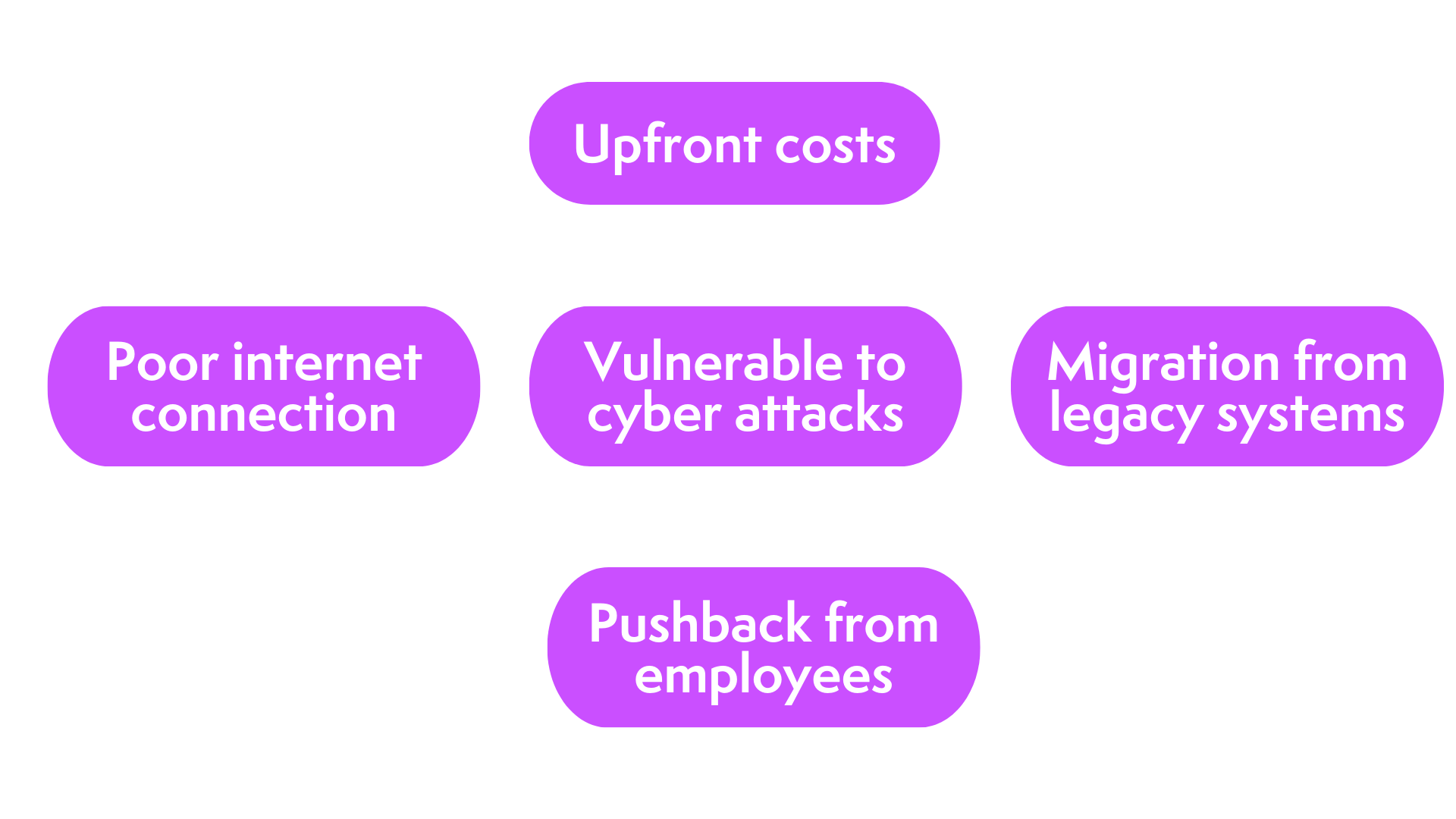
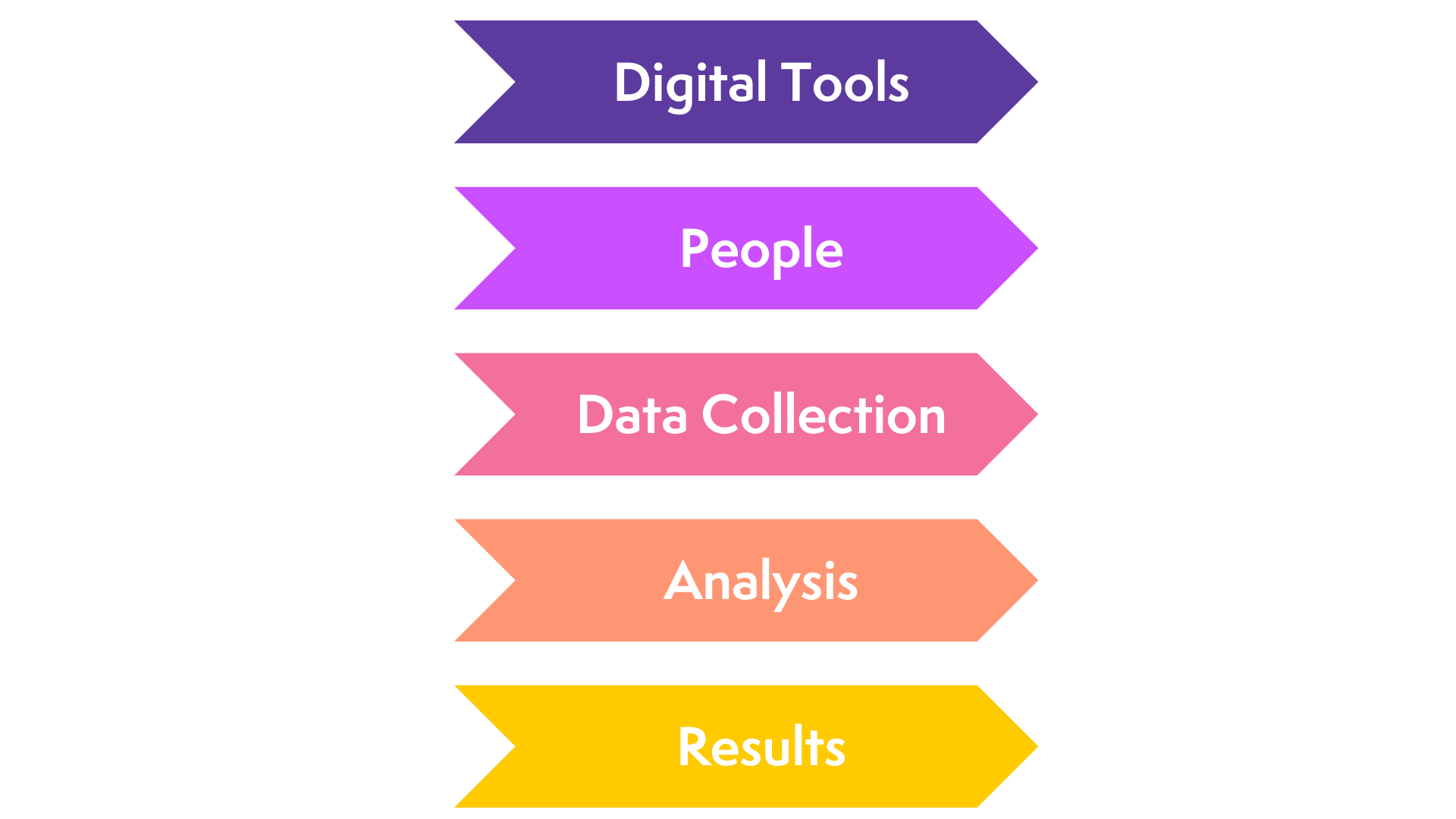


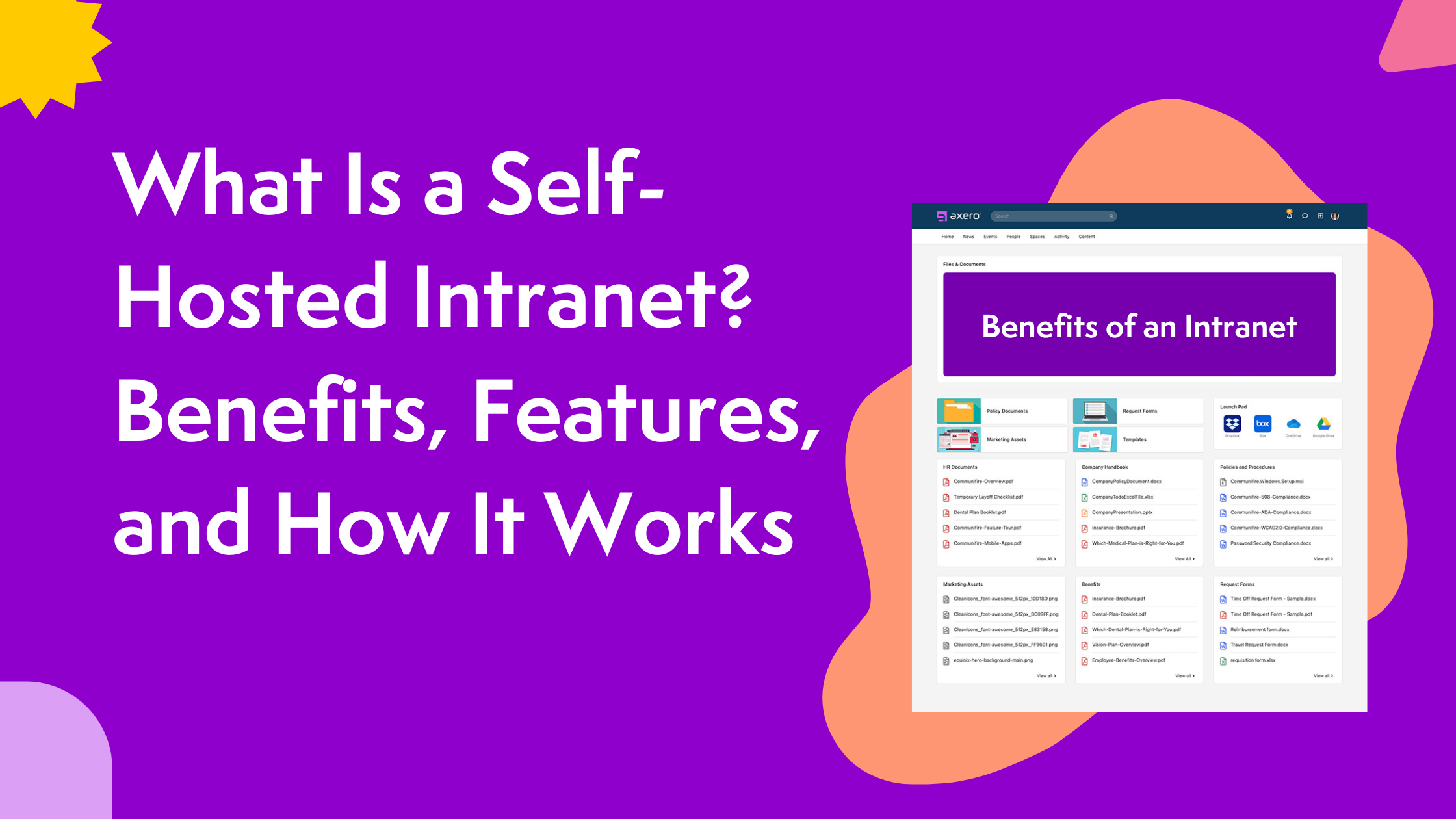
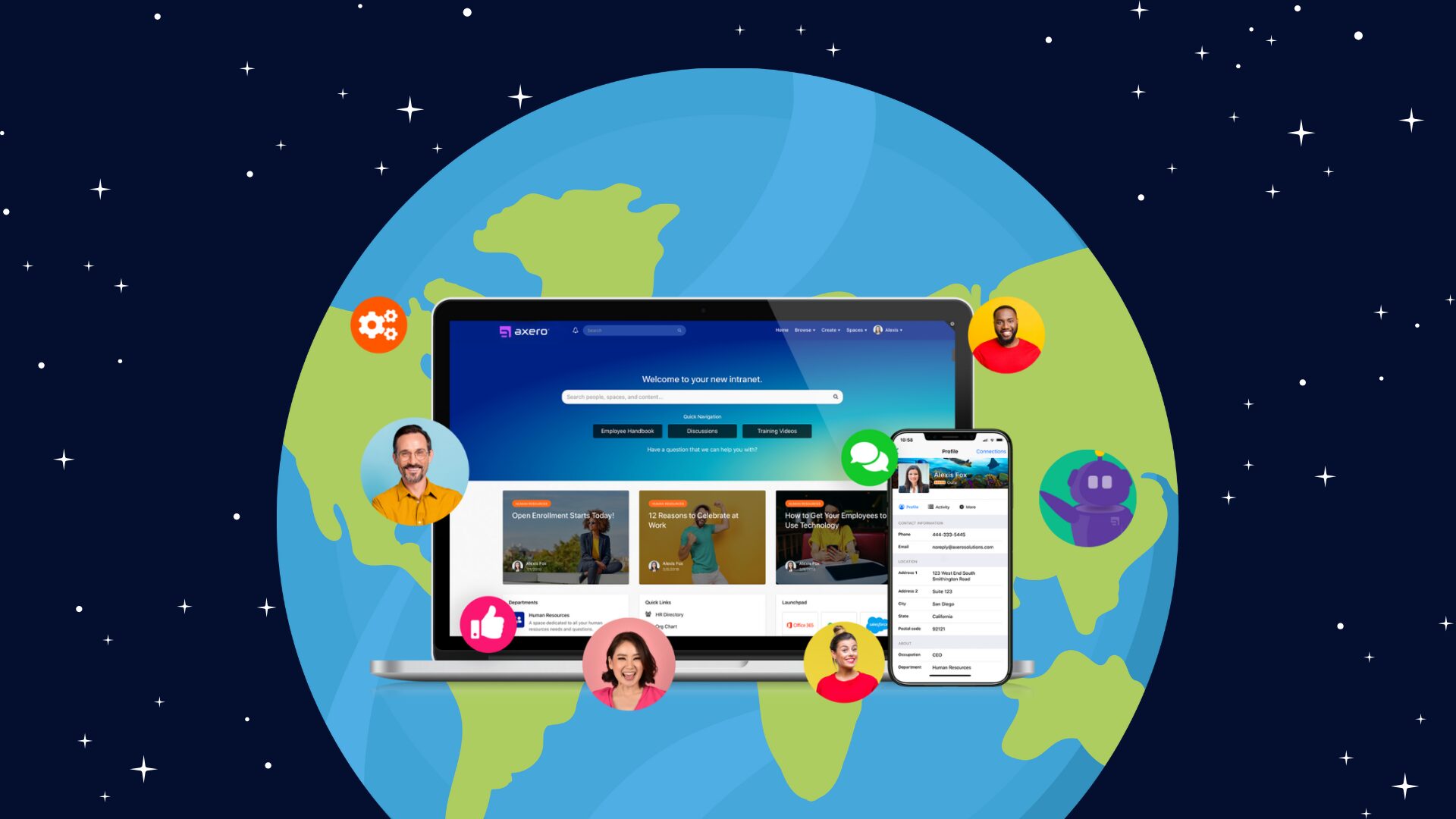







 info@axerosolutions.com
info@axerosolutions.com 1-855-AXERO-55
1-855-AXERO-55


